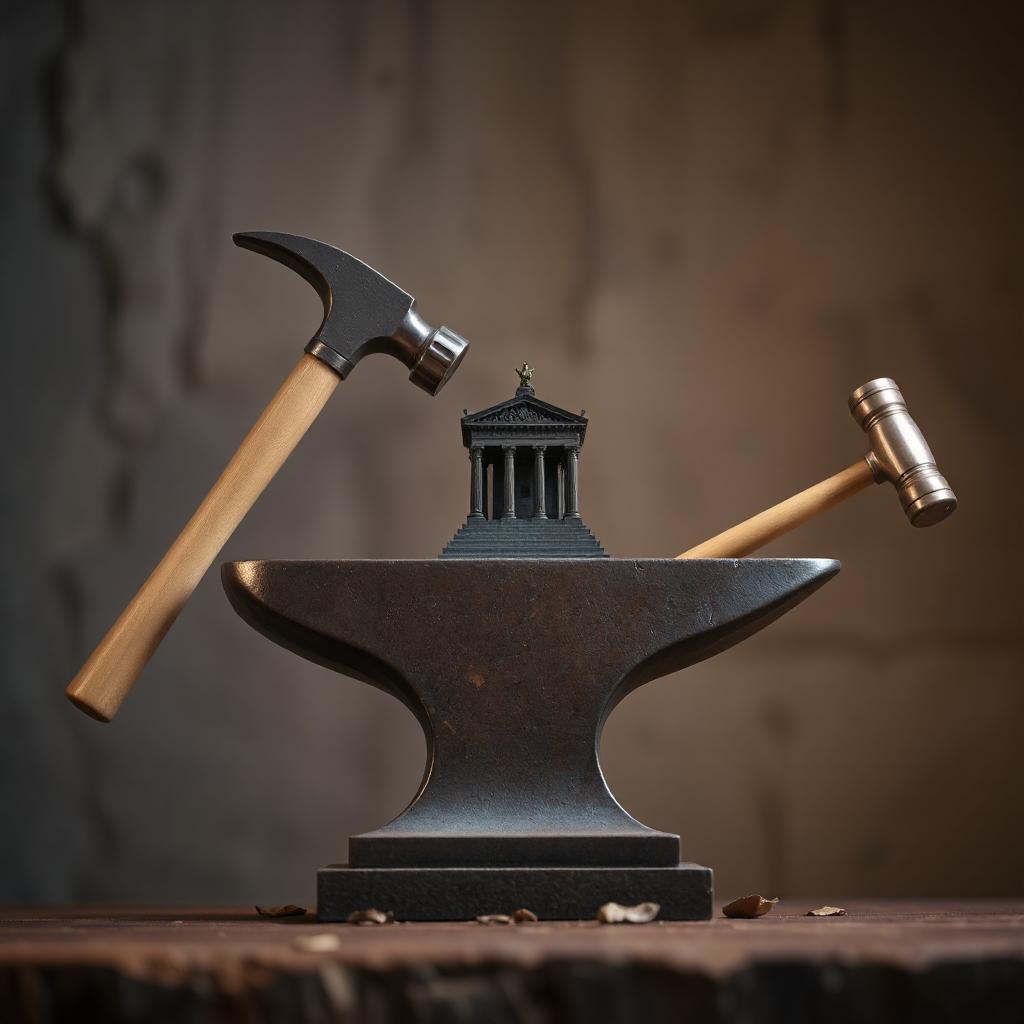
Dr. Wael Shadid
Researcher & Strategist
Since the state consists of land, people, and geographical borders, it also has an engine that actuates and governs it and deals with all geopolitical issues. Geopolitical dimensions include political, economic, social, cultural, and other internal components that interact with each other within the state. However, the engine that drives the state in all its geopolitical dimensions is affected by a set of factors, including the state’s strategy, its president, the executives, the legislative and judicial apparatus, and all other multiple state agencies.
Usually, what is known as the bureaucracy shapes the way of working in a country, from decision-making mechanisms to implementation mechanisms, to how to deal with various economic, security, and social issues … etc.
Over time, the deep state is formed, which includes not only the bureaucracy as a methodology for executing, implementing, and making decisions but also includes influential cadres and men of the state. Consequently, the deep state becomes composed of two parts: the first is the bureaucracy as a methodology, a work culture, and an administrative system; and the second is the cadres rooted in the bureaucratic structure, that is, the administrative system of the various state agencies. It often happens that the president or the senior leadership takes decisions or directions, but the implementation is hindered or slowed down because of this bureaucracy.
Undoubtedly, the ruling engine or the ruling system and its decisions are affected by the two parts of the deep state, and it can run the state and its affairs. Rather, it goes beyond that where the deep state becomes the autopilot, which directs the state, just as the pilot of an aircraft operates an autopilot system that directs the plane without the interference of the pilot. Instead, implementing positive corrective and change decisions becomes dependent on the approval of the deep state.
However, the matter does not stop at this point. Rather, there are hidden forces that also affect the engine; they are the hidden powers.
The hidden powers include influential individuals (usually capital owners), or they have influence for other reasons, such as tribal influence, or other cultural reasons. It also includes entities with economic and/or political influence. Consequently, these hidden powers, with their various components, exert an influence on the engine and the government’s systems. They are hidden because they are not visible, although they can be sensed.
In fact, the hidden powers also have authority in some way over the autopilot that runs the state, and hence the systems of the government fall between the hammer of the hidden powers and the anvil of the deep state.
However, it is not always that the hidden power agrees with the deep state, as they may differ in some cases due to conflicts of interest. It may also happen that a person of the hidden powers acquires an important position in the deep state and tries to exploit it to achieve the interests of these powers.
One of the most difficult cases is when the interests of the influential hidden forces converge with the interests of a group of beneficiaries in the deep state. In this case, the stranglehold on the government’s apparatuses is tightening and the state’s systems, in general, begin to interact and move not to achieve the interests of the people but to achieve the interests of this coalition.






